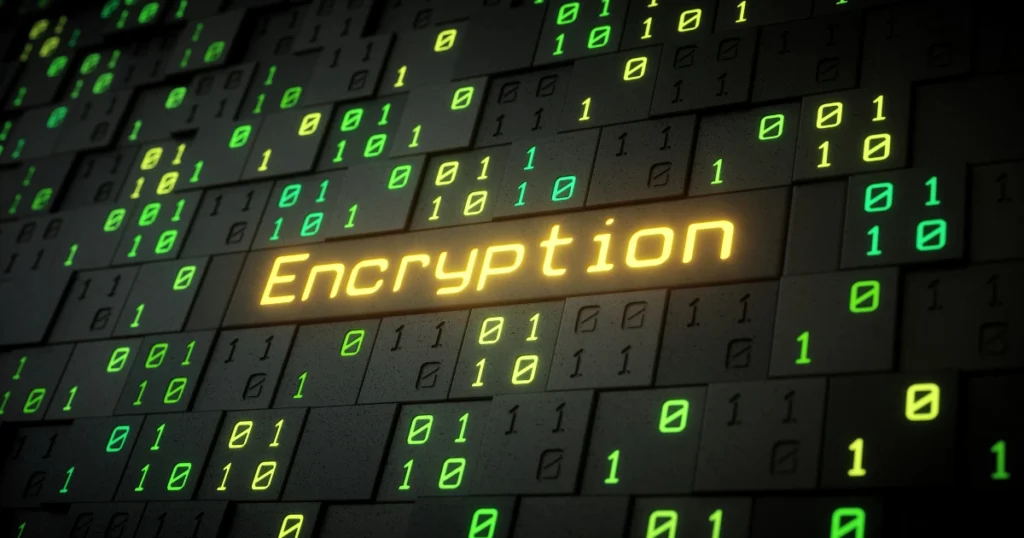Data Cleaning in Data Mining: Who doesn’t know that every decision in business today rests on data. But what happens when the data itself is full of errors, duplicates, or inconsistencies?
That is where data cleaning in data mining comes into play. Data mining is about uncovering valuable patterns and insights, but without clean and organised data, those patterns can mislead instead of guiding.
In simple words, data cleaning makes sure that the raw data you collect becomes reliable enough to base important decisions upon. As Thomas Redman, also known as the “Data Doc”, once said, “Where there is data smoke, there is business fire.” But that smoke must be cleared first, otherwise the fire might burn in the wrong direction.
What is Data Cleaning in Data Mining?
If you are wondering what is data cleaning in data mining, think of it like filtering water. Just as water must be purified before drinking, data must be cleaned before it is mined for insights.
Data cleaning in data mining or data cleanising refers to the process of detecting and correcting errors, removing duplicate entries, handling missing values, and standardising formats. The aim is to prepare a dataset that is free from inconsistencies and suitable for analysis.
For example, suppose a retail company has customer records where some names are spelled differently, addresses are incomplete, or phone numbers are missing. If this data is used directly for analysis, the results would be misleading. By applying data cleaning techniques in data mining, these records are corrected, standardised, and made reliable.

What is the Purpose of Data Cleaning?
The purpose of data cleaning goes beyond simply “fixing” data. It is about enabling meaningful decision-making. Let us break it down:
- To make data consistent and usable across systems.
- To eliminate duplicates that can lead to false insights.
- To handle missing values without distorting results.
- To improve the accuracy of predictive models.
- To save time and cost by reducing errors in later stages of data mining.
When asked what is the purpose of data cleaning, experts often say it ensures that the foundation of analysis is strong. Just like a house cannot stand firmly on weak soil, data mining cannot succeed without clean data.
Importance of Data Cleaning in Data Mining
The importance of data cleaning in data mining cannot be overstated. Here is why it matters:
- Better Decision Making: Clean data leads to accurate insights, which directly influence the quality of business decisions.
- Increased Efficiency: Analysts and data scientists spend less time fixing errors and more time interpreting insights.
- Cost Saving: IBM once reported that poor data quality costs the US economy nearly $3.1 trillion every year. This highlights why cleaning data is crucial.
- Customer Satisfaction: When organisations use clean data, they better understand customer behaviour, leading to improved services.
- Compliance and Risk Reduction: In industries like healthcare and banking, clean data ensures compliance with regulations and reduces risks.
The importance of data cleaning in data mining is therefore about trust. Without trust in data, no strategy or technology can truly succeed.
Data Cleaning Methods in Data Mining
There are several data cleaning methods in data mining that organisations use depending on their needs. Let us look at some of the most common ones:
- Handling Missing Data
- Filling in values using averages or predictive models.
- Dropping records if too many values are missing.
- Removing Duplicate Records
Duplicate entries can distort the frequency of data patterns. Identifying and removing them is a key method. - Standardisation
Bringing data into a common format, such as dates being written consistently as DD/MM/YYYY. - Validation
Cross-checking data against rules, such as ensuring email IDs contain “@”. - Noise Filtering
Removing irrelevant or extreme outliers that do not reflect reality.
Each of these data cleaning methods in data mining helps in transforming messy datasets into usable information.

Data Cleaning Techniques in Data Mining
While methods define what is done, data cleaning techniques in data mining explain how it is done. Here are the common techniques:
- Manual Data Cleaning: Data is corrected manually by experts. This is time-consuming but sometimes necessary for small datasets.
- Automated Cleaning Tools: Tools like OpenRefine or Trifacta automate the cleaning process, saving time and reducing human error.
- Machine Learning-Based Cleaning: Advanced systems use algorithms to predict missing values, detect anomalies, and clean data automatically.
- Database Constraints: Applying rules at the database level, such as “mobile numbers must be 10 digits”, ensures errors are minimised.
The choice of data cleaning techniques in data mining depends on the size of data, the tools available, and the business goals.
Data Cleaning Steps in Data Mining
Now let us move to the actual process. The data cleaning steps in data mining are usually as follows:
- Data Auditing: Identifying the errors, inconsistencies, and gaps in the dataset.
- Defining Cleaning Rules: Deciding how missing values will be handled, what format will be used, and which records will be dropped.
- Applying Cleaning Methods: Using the methods explained earlier to fix the data.
- Verification: Checking if the cleaned data meets the required standards.
- Reporting: Documenting the process for future use and accountability.
By following these data cleaning steps in data mining, organisations can build a consistent and repeatable process for data quality management.
Challenges in Data Cleaning
Even though data cleaning is essential, it is not always easy. Some challenges include:
- Large datasets that are difficult to process manually.
- Constant inflow of new data that requires ongoing cleaning.
- Balancing between over-cleaning (removing useful data) and under-cleaning (keeping errors).
- Integrating data from multiple sources with different formats.
These challenges highlight why a structured approach to data cleaning in data mining is important.
Read More: Top 60 Data Warehouse Interview Questions and Answers (Freshers & Experienced)

How to do Effective Data Cleaning?
To make data cleaning effective, here are some recommended practices:
- Establish clear data standards for formats and rules.
- Use a combination of manual and automated techniques.
- Keep track of changes to maintain data lineage.
- Train staff to recognise data errors early.
- Regularly monitor and update data cleaning processes.
Data Cleaning In Data Mining: Example
Consider a bank that wants to analyse customer spending patterns. If its dataset has multiple records for the same customer with slightly different names, the analysis will show incorrect totals. After applying data cleaning techniques in data mining, the duplicates are removed, and the insights become reliable.
This example shows how poor cleaning leads to misleading results and why the importance of data cleaning in data mining is so high.
On A Final Note…
To sum up, data cleaning in data mining is the foundation of reliable insights. We explored what is data cleaning in data mining, discussed the purpose of data cleaning, understood the importance of data cleaning in data mining, and walked through the methods, techniques, and steps.
Clean data leads to better decisions, cost savings, and improved customer experiences. While the challenges are real, the rewards of proper data cleaning are far greater.
FAQs
1. What is data cleaning in data mining?
It is the process of detecting and correcting errors, handling missing values, and standardising data to make it suitable for analysis.
2. What is the purpose of data cleaning?
The purpose is to make data consistent, accurate, and reliable for decision-making.
3. Why is data cleaning important in data mining?
Because clean data ensures better decisions, saves cost, improves efficiency, and reduces risks.
4. What are some data cleaning methods in data mining?
Handling missing data, removing duplicates, standardisation, validation, and filtering noise.
5. What are data cleaning techniques in data mining?
Manual correction, automated tools, machine learning-based cleaning, and database rules.
6. What are the steps of data cleaning in data mining?
Data auditing, defining rules, applying methods, verification, and reporting.





